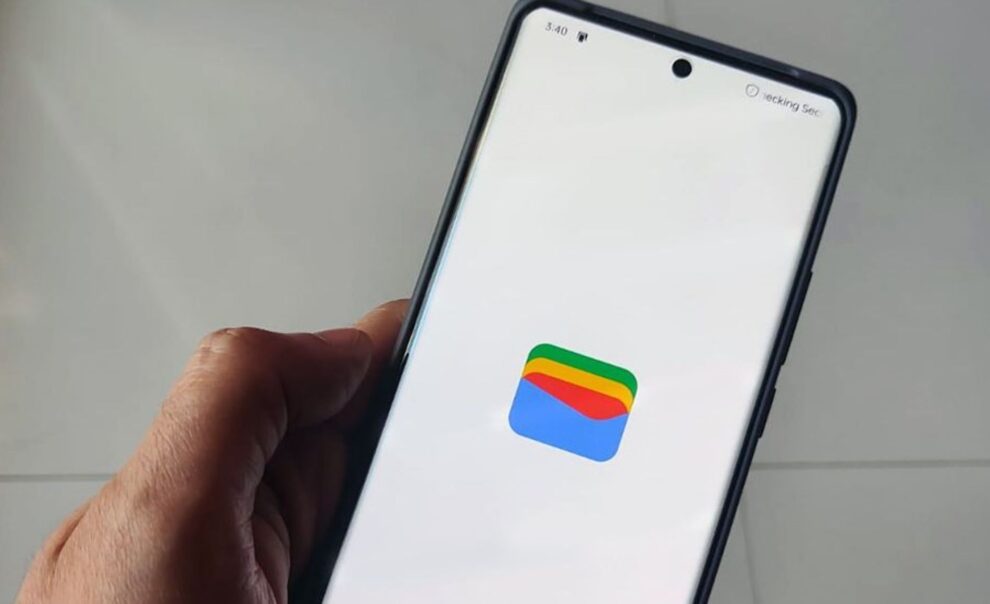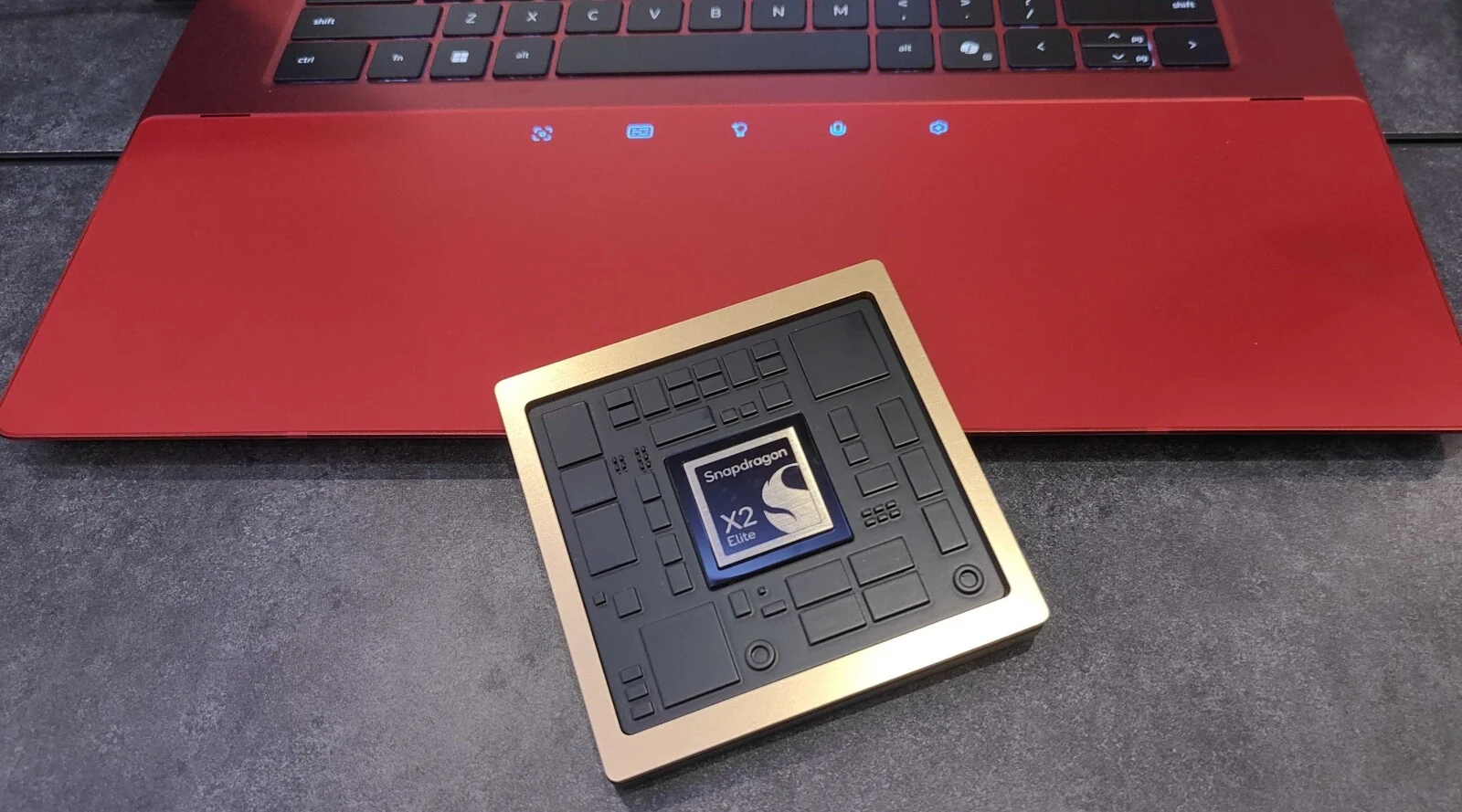The digital transformation of personal identification documents continues its measured but steady advance, with Google Wallet playing a significant role in this shift for Android users. The ability to carry a state-issued driver’s license or ID card on a smartphone offers a blend of convenience and enhanced security features. While the concept of a digital ID has been discussed for years, its practical implementation is a complex undertaking, requiring robust technical infrastructure, stringent security protocols, and broad acceptance from both issuing authorities and verification points.
Key Takeaways:
- Google Wallet supports digital IDs for driver’s licenses and state ID cards in a growing number of U.S. states and territories.
- Current participating locations include Arizona, California, Colorado, Georgia, Iowa, Maryland, New Mexico, Arkansas, Montana, Puerto Rico, and West Virginia.
- Digital IDs in Google Wallet are primarily accepted at select Transportation Security Administration (TSA) checkpoints for domestic travel.
- The enrollment process involves scanning a physical ID, providing a selfie video for verification, and submitting the application to the state’s issuing authority.
- Security features include encryption, screen lock requirements, and the ability to remotely wipe data if a device is lost or stolen.
- Users should generally still carry their physical ID as digital IDs are not universally accepted and may not replace physical documents in all scenarios.
The rollout of digital IDs in Google Wallet is a phased process, largely dependent on individual states and territories adopting the necessary technology and regulatory frameworks. Each state’s Department of Motor Vehicles (DMV) or equivalent issuing authority must work in conjunction with Google to enable this functionality securely. This collaboration ensures that the digital credential meets the same legal and security standards as its physical counterpart.
The Expanding Map of Digital IDs in Google Wallet
As of June 2025, Google Wallet has expanded its support for state-issued driver’s licenses and ID cards to several key locations across the United States. This ongoing expansion signifies a clear commitment from Google and participating states to modernize identity verification processes.
The states and territories currently supporting digital IDs in Google Wallet for Android devices include:
- Arizona
- Arkansas
- California
- Colorado
- Georgia
- Iowa
- Maryland
- Montana
- New Mexico
- Puerto Rico
- West Virginia
It is important to note that the functionality and acceptance of these digital IDs can vary by state and context. While the primary utility currently lies in streamlined identity verification at specific points, the long-term vision is for broader acceptance across various transactions and interactions.
The Journey to Digital Identity: A Deeper Dive
The integration of state IDs into digital wallets like Google Wallet represents a significant step in the evolution of personal identification. Historically, physical documents have been the sole standard for proving identity. However, with the pervasive use of smartphones and the increasing demand for convenience, the shift towards digital credentials has gained momentum.
The push for digital IDs aligns with international standards, such as ISO 18013-5, which defines mobile driving licenses (mDLs). Adhering to such standards ensures interoperability and security across different platforms and jurisdictions, making it possible for a digital ID issued in one state to be recognized and verified elsewhere.
For a state to implement digital ID support in Google Wallet, a sophisticated system must be in place. This includes secure data transfer mechanisms between the state’s issuing authority and Google’s infrastructure, robust identity verification procedures during enrollment, and the ability to update or revoke digital credentials in real-time.
How Digital IDs Work in Google Wallet: A Secure Process
Adding a state ID to Google Wallet is a multi-step process designed to maintain high levels of security and verify the identity of the user. This process typically involves:
- Opening Google Wallet: Users begin by opening the Google Wallet application on their Android smartphone. The app must be updated to the latest version to access this feature.
- Initiating the Addition: Within the app, users tap the “Add to Wallet” button, then select “ID card” and choose their respective state from the available options. If a state is not listed, it means support is not yet available.
- Physical ID Scan: Users are prompted to scan the front and back of their physical driver’s license or state ID card. The app uses optical character recognition (OCR) and other technologies to extract and verify the information on the card.
- Selfie Video Verification: A crucial security layer involves a short video selfie. This biometric verification helps confirm that the person enrolling the ID is indeed the legitimate owner of the physical document and is a living individual. This helps prevent fraud and ensures the digital ID is linked to the rightful holder.
- Submission to State Authority: The collected information, including the scanned ID and selfie video, is securely transmitted to the state’s issuing authority for review and approval. Google does not store the raw biometric data. This information is primarily shared with the state’s ID issuer for verification.
- Approval and Activation: Once the state’s authority reviews and approves the application, the digital ID is activated and securely stored within Google Wallet on the user’s device. Users receive a notification when their digital ID is ready for use.
Underlying Technology and Security Measures
The security framework underpinning Google Wallet’s digital ID functionality is layered and robust. It incorporates several technologies and practices to protect user data:
- Encryption: All personal information and digital ID data stored within Google Wallet is encrypted. This means the data is scrambled and can only be accessed with the user’s personal authentication, such as a PIN, pattern, or fingerprint.
- Secure Element: While not explicitly stated for all implementations, modern Android devices often utilize a hardware-based Secure Element (SE) or Trusted Execution Environment (TEE) to store sensitive data, offering a higher level of protection against unauthorized access.
- Device Screen Lock: To use a digital ID in Google Wallet, users are required to have a screen lock enabled on their Android device (Android 9 or higher). This prevents unauthorized individuals from accessing the digital ID if the phone is lost or stolen.
- Remote Data Erase: In the event of a lost or stolen device, users can remotely erase their data, including their digital ID, using Google’s Find My Device service. This capability offers peace of mind and limits potential misuse of digital credentials.
- Controlled Data Sharing: When presenting a digital ID, users maintain control over what information is shared. Before transmitting any data, the user is prompted to review the requested details and authenticate the transaction. This “zero-knowledge proof” concept is being explored, where only the necessary information (e.g., age confirmation without revealing date of birth) is shared.
- ISO 18013-5 Standard: The adherence to the ISO 18013-5 standard ensures that the digital ID is interoperable and can be verified by compliant readers, promoting wider acceptance.
Real-World Use Cases: Focus on TSA Checkpoints
The most prominent and widely publicized use case for digital IDs in Google Wallet, as of now, is at select Transportation Security Administration (TSA) checkpoints within U.S. airports. The TSA has been a key partner in this initiative, recognizing the potential for increased efficiency and a more seamless travel experience.
At participating TSA checkpoints, travelers with a digital ID in Google Wallet can present their phone for identity verification. This typically involves:
- Presenting the Phone: The traveler holds the back of their Android phone near an NFC (Near Field Communication) reader or scans a QR code presented by the TSA agent.
- On-Device Authentication: The phone displays the requested information. The traveler reviews the data and then authenticates the transaction using their device’s screen lock (PIN, pattern, or biometric).
- Verification by TSA: The TSA agent verifies the information received from the digital ID. This often involves a comparison with a live image captured at the checkpoint.
It is crucial for travelers to understand that while a digital ID can be used at select TSA checkpoints, it does not fully replace the physical ID for all travel purposes. International travel still requires a physical passport, and some airports or specific scenarios might still necessitate the presentation of a physical driver’s license or state ID. The TSA advises travelers to check their latest guidelines and airport-specific information before relying solely on a digital ID.
Beyond the airport, the potential for digital ID use extends to various scenarios, including age verification for age-restricted purchases (e.g., alcohol), identity verification for financial transactions, and access to certain venues. However, the adoption for these broader uses is currently more limited and depends on individual businesses and organizations integrating the necessary technology to accept and verify digital IDs.
The journey towards widespread digital ID adoption presents both challenges and significant opportunities.
Challenges:
- State-by-State Rollout: The decentralized nature of ID issuance in the U.S. means that progress is dependent on each state’s legislative and technological readiness. This leads to a patchwork of availability rather than a uniform national rollout.
- Public Awareness and Education: Many individuals are still unaware of digital ID capabilities or may have reservations about storing their identity on a smartphone. Public education campaigns are vital to build trust and encourage adoption.
- Universal Acceptance: While TSA acceptance is a major milestone, broader acceptance across various industries and government agencies is essential for digital IDs to truly become a convenient alternative to physical cards.
- Interoperability: Ensuring seamless interoperability between different digital wallet providers (Apple Wallet, Samsung Wallet, etc.) and various verification systems is a complex technical challenge.
- Digital Divide: Access to smartphones and reliable internet connectivity can be a barrier for some populations, potentially exacerbating the digital divide if physical IDs are eventually phased out or become less convenient.
Opportunities:
- Enhanced Security: Digital IDs can offer security features that physical cards lack, such as dynamic data, real-time updates, and robust anti-fraud measures.
- Improved Convenience: Carrying identity documents on a smartphone reduces the number of physical items to manage and can streamline verification processes.
- Privacy Control: Digital ID systems can be designed to allow users to share only the specific information required for a transaction, enhancing privacy. For example, a system could simply confirm “over 21” without revealing the exact birthdate.
- Reduced Fraud: The cryptographic signatures and secure verification processes inherent in digital IDs can make them more difficult to forge or tamper with than traditional physical documents.
- Accessibility: Digital IDs could potentially be designed with accessibility features for individuals with disabilities, making identity verification more inclusive.
As technology progresses and regulatory frameworks evolve, the list of states supporting Google Wallet state IDs on Android is expected to grow. The increasing adoption of digital identity solutions will likely reshape how individuals interact with government services, businesses, and travel systems, making everyday transactions more efficient and secure.
Frequently Asked Questions (FAQ)
Q1: Which states currently support digital driver’s licenses or state IDs in Google Wallet?
A1: As of June 2025, the states and territories supporting digital IDs in Google Wallet are Arizona, Arkansas, California, Colorado, Georgia, Iowa, Maryland, Montana, New Mexico, Puerto Rico, and West Virginia.
Q2: Can I use my Google Wallet digital ID at all airports for TSA checkpoints?
A2: No, Google Wallet digital IDs are currently accepted at select TSA checkpoints in participating airports. It is important to check the latest TSA guidelines and airport-specific information before traveling, and it’s advisable to still carry your physical ID.
Q3: Is a Google Wallet digital ID a replacement for my physical driver’s license or state ID?
A3: Generally, no. While it offers a convenient digital alternative for certain uses like TSA checkpoints, most states and situations still require you to carry your physical ID. Digital IDs are primarily designed as a companion to your physical card, not a complete replacement.
Q4: What are the requirements to add a state ID to Google Wallet?
A4: You need an Android phone running Android 9 or higher, with Bluetooth and Nearby Devices turned on. You must also have a screen lock set on your device. The process involves scanning your physical ID and providing a selfie video for verification.
Q5: How secure is my digital ID in Google Wallet?
A5: Google Wallet employs advanced security features. Your digital ID is encrypted and protected by your device’s screen lock (PIN, pattern, or biometric). You control what information is shared during verification, and if your phone is lost or stolen, you can remotely erase your data.
Q6: Can I add my passport to Google Wallet as a digital ID?
A6: Yes, Google Wallet also supports creating an “ID pass” using a U.S. passport for domestic travel at supported TSA checkpoints. This is separate from state-issued driver’s licenses or ID cards.
Q7: Why isn’t my state listed for Google Wallet digital ID support?
A7: The rollout of digital ID support is dependent on individual states and their DMVs adopting the necessary technology and regulatory frameworks. If your state is not listed, it means they have not yet implemented this feature for Google Wallet.
Q8: What information is shared when I present my digital ID from Google Wallet?
A8: When you present your digital ID, you will be prompted on your phone to review exactly what data is being requested before you choose to authenticate and share it. This gives you control over your personal information.








